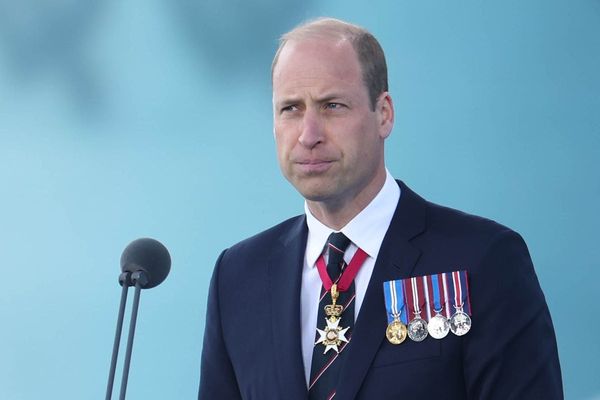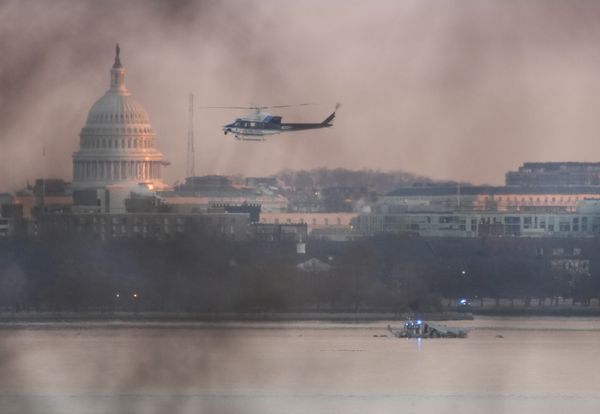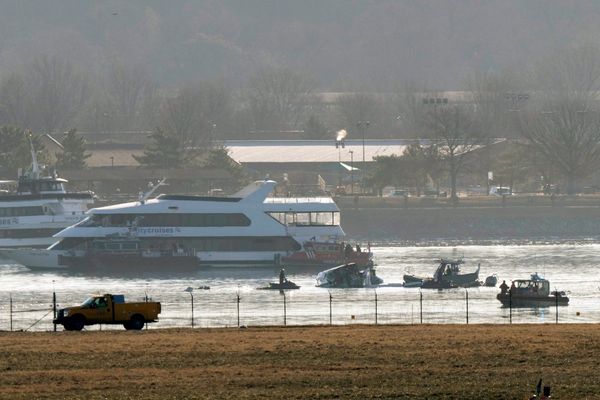Today, silence will fall across each state and territory for one minute as Australia commemorates those who have died in wars, conflicts and peacekeeping operations.
Remembrance Day has evolved since it was first marked by allied countries after World War I, in which more than 60,000 Australians lost their lives.
November 11 is now observed around the world as a day to remember the sacrifice that countless of people have made in service to their country.
What is Remembrance Day?
Remembrance Day marks the end of fighting on the Western Front on November 11, 1918.
At the time, the anniversary was known as Armistice Day, in reference to the formal agreement the German leaders signed to end the war.
The name was changed to Remembrance Day after World War II ended in 1945.
It has since become a day to remember the service and sacrifice of those who have died since World War I.
How does Australia mark Remembrance Day?
On Remembrance Day, commemorative services are held across Australia at schools, offices, local community centres and war memorials.
The national ceremony is hosted by the Australian War Memorial in Canberra.
You can watch the broadcast live on the ABC from 10:45am AEDT on Thursday, November 11, or on the Memorial's Facebook page.
Flags are lowered to half-mast about 10:30am ahead of services and raised after the minute of silence.
The red poppy is the traditional emblem of Remembrance Day: A single flower can be worn or laid at a memorial in tribute.
When is the minute of silence?
Every year, one minute of silence is held at 11am (local time) on November 11.
This is the time to remember a relative, friend or ancestor, or reflect on the sacrifice of those who have served and died in war.
Attendees at public services are asked to stand for a reading of The Ode, which is from the poem For the Fallen by Laurance Binyon.
They shall grow not old as we that are left grow old:
Age shall not weary them, nor the years condemn.
At the going down of the sun and in the morning
We will remember them.
Listeners respond with: "Lest we forget".
The Last Post, traditionally performed on a bugle, is played before the minute of silence.
Afterwards, The Rouse is played and flags are slowly raised to the masthead.
Why a red poppy?
The red poppy has been a symbol of remembrance and hope since World War I.
In the barren, muddy battlefields of Western Europe, the bright red flowers grew in their thousands.
The sight of the resilient poppies inspired Canadian doctor Lieutenant Colonel John McCrae to write the poem In Flanders Fields, which gave its name to the now iconic Flanders poppy.
That poem, in turn, inspired American professor Moina Michael to wear a red poppy and raise money for veterans.
The practice soon spread in allied countries, including Britain, France, Canada and Australia and remains today.
Rosemary is also a symbol of remembrance and has particular significance fo Australians as it grows wild on the Gallipoli peninsula.
A sprig of rosemary is traditionally worn on Anzac Day (April 25) and, sometimes, on Remembrance Day.







